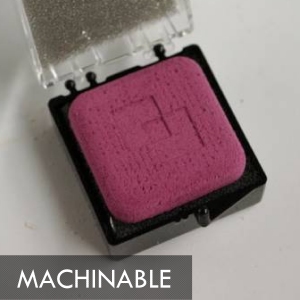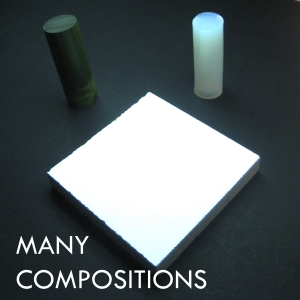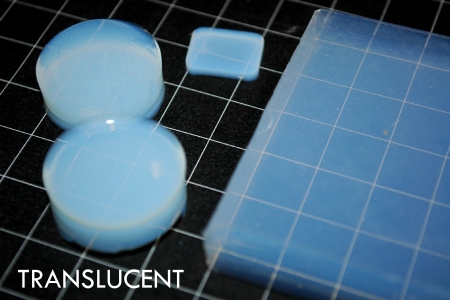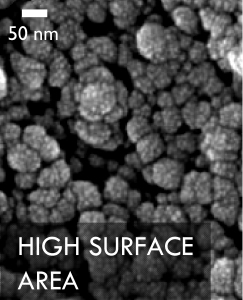Versatile and Tailorable Properties
Airloys are a diverse class of materials that combine many functionalities into a single material envelope. Different airloy product lines are specially engineered to combine disparate materials properties that are difficult or impossible to pair in conventional materials. Here are some of the ways airloy materials can be tailored for specific applications.
Strength, Stiffness, and Flexibility
Airloys can be optimized for strength-to-weight ratios in excess of 20,000:1 and can vary from strong and rigid to soft and flexible.
Composition and Density
Airloys are typically three to ten times lighter than conventional plastics and ceramics and are available in densities ranging from 0.01 to 0.9 g/cc. Airloys are not restricted in composition to any one particular substance and can be made with
- Ceramics
- Polymers
- Carbon
- Metals and carbides
Translucency, Clarity, and Color
Airloys can be made translucent with a high degree of optical clarity, enabling insulating daylighting panels that simultaneously afford a view. Airloys are available in a range of colors, including pink, blue, white, and black.
Water and Moisture Resistance
Airloys are generally hydrophobic (water-repelling) and are stable against moisture and humidity. Airloys can also be prepared with enhanced hydrophobic character that enables them to remain unaffected even when submerged under water for long periods of time.

Machinability and Adherability
Airloys can be cut, drilled, turned, milled, and tapped just like other advanced engineering materials–steps that classic aerogels rarely survive. For high-volume parts, airloys can be custom molded into specific three-dimensional shapes. Airloys can also be glued and laminated to each other and to other materials such as carbon fiber reinforced plastics (CFRPs) and fiberglass (GFRPs). These features make airloys more than just technological wonders but actually practical for real-world engineering applications.
Electrical Conductivity and
Surface Area
Airloys tailored for thermal and structural applications are electrically insulating with dielectric constants as low as 1.1 and typically boast surface areas of 200-800 m2 g-1–orders of magnitude higher than conventional materials. Airloys can also be made electrically conducting with specific surface areas as high as 3000 m2 g-1. This combination of conductivity and ultrahigh surface area in a mechanically robust form factor make conductive airloys uniquely valuable for advanced battery media, supercapacitor / ultracapacitor electrodes, desalination systems, fuel cells, and other electrochemical devices.


